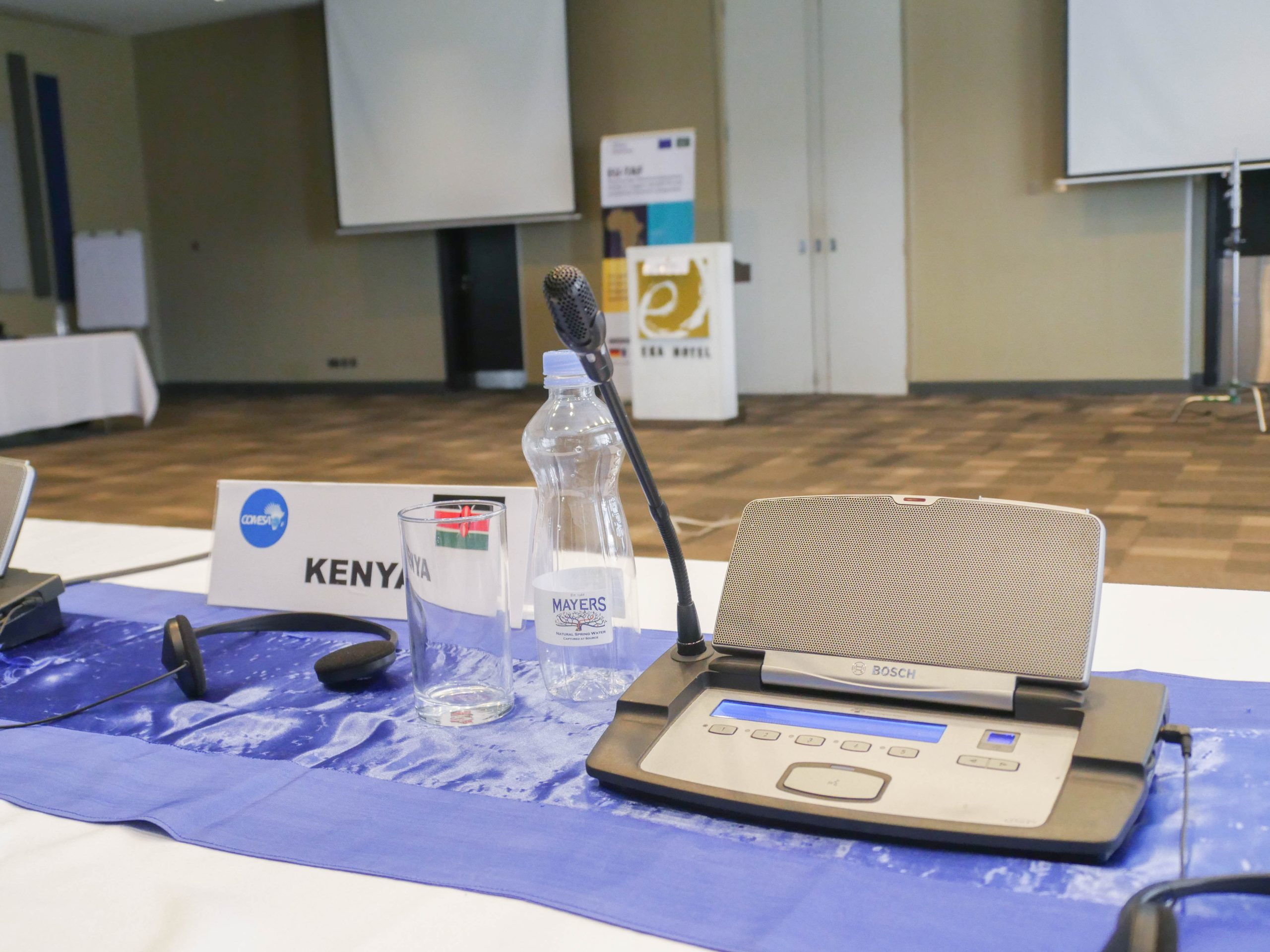
Effective communication across language barriers is crucial in today’s globalized world. Interpretation services are vital in facilitating understanding between people who speak different languages. There are several interpretation services, each suited to specific situations and meeting formats. Here is a breakdown of the main types and when to use them:
Types of Interpretation Services
- Simultaneous Interpretation
Simultaneous interpreting involves interpreting in real-time while the speaker continues talking. This type is ideal for large conferences, international meetings, and events involving multiple languages. It allows speakers to continue without interruption, ensuring that all participants receive information simultaneously.
- Consecutive Interpretation
With consecutive interpretation, the interpreter waits until the speaker finishes speaking before interpreting what was said. This is suitable for smaller meetings, business negotiations, or situations where accuracy is paramount like legal proceedings. This type ensures precise interpretation as interpreters have time to process information before relaying it.
- Remote interpretation
This type can be used in two ways: Video Remote Interpreting (VRI), and Over-the-Phone Interpretation (OPI). VRI uses video conferencing platforms to connect interpreters and participants remotely. It is ideal for virtual meetings or when on-site interpreters are not feasible due to location constraints. OPI is conducted via phone calls or video calls without visual cues. It is useful for emergencies or quick consultations.
- Whispered Interpreting (Chuchotage)
This is a form of simultaneous interpretation where an interpreter whispers translations directly into an individual’s ear during a meeting or event. This is best used in small group settings where audio equipment isn’t available.
- Liaison/Escort/Travel Interpreting
These involve accompanying clients during travel or business trips to facilitate communication at various venues such as dinners, sightseeing tours, etc. It is useful when continuous support is needed throughout different interactions.
In conclusion, understanding the different types of interpretation—simultaneous, consecutive, remote, whispered, and liaison—is essential for effective communication across language barriers. Each type serves unique purposes and suits various settings. At Ateric Translations, we offer all those services and more. We can also customize an interpretation package that works best for you. Let’s make your next multilingual meeting an unforgettable success! Reach out to us via email at info@aterictranslations.com or visit our website www.aterictranslations.com to get to know more about what we do.
-
Previous Post
5 TIPS FOR PLANNING MULTILINGUAL MEETINGS








